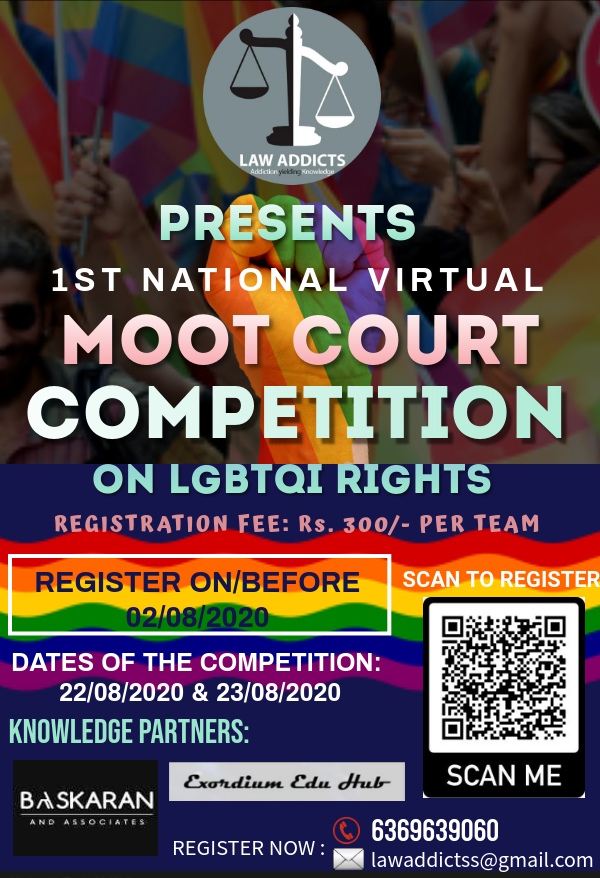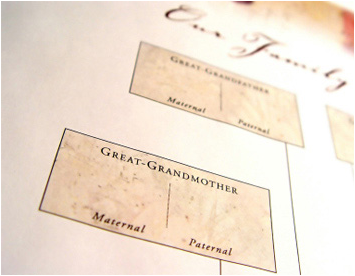Introduction:
In the recent past the whole context of sport events has changed. There has been significant increase in the income levels and awareness. Sporting events are no longer a test of skill and strength but also an entertainment and recreational event. There has been a significant inflow of capital and business through sponsorships, rise in income of sporting bodies, appearance fee charged by the sports personalities, etc.
The tax law of India provides that in case of sportsmen or artists participating in such events or shows, all income accruing or arising or deemed to be accruing or arising, received or deemed to be received in India is taxable in India. Section 115BBA of Income Tax Act, 1961 provides that when any sportsperson who is not a citizen of India and is a non-resident participates in India in any game or sport or advertisement or makes any contribution in form of article to any magazine, journal or newspaper the amount of income over it will be charged at the rate of 20% plus surcharge as applicable.
Taxation in India:
The commendability for sports in India especially Cricket is unmatchable. With the introduction of various premier leagues such as Indian Premier League (IPL), Pro Kabbadi League (PKL), Indian Super League (ISL) and Badminton Premier League (BPL) the Indian crowd is getting attracted towards it and a huge turnout of the fans can now easily be witnessed in the stadiums. The charm of Indian as well as foreign players makes such leagues not only interesting but also helps in the generation of huge amount of income. But the question comes that how the income of all the players will be taxed in India? To answer this question Section 194E of Income Tax Act, 1961 comes into picture. According to the said section any person who pays money to a non-resident sportsman or entertainer or pays money to sports institution or an association or income referred under Section 115BBA is required to deduct tax at source under Sec 194E. However an exception has been made under it that if a non-resident person is paid less than ₹2500 in an annual year then there is no requirement to deduct tax at source.
To boost the international sporting events in India leverage has been provided where an exception has been granted under Section 10 of Income Tax Act, 1961. Section 10(39) talk about “Income from international sporting event.” It states that any specified income of any specific person from any international sporting event is fully exempted that event is approved by any international body, involves participation of more than 2 countries and is notified by the Central Government in this regard. However the income generated by the players under such sporting tournaments is not subject to any kind of exception. India in the recent past has successfully organized various international games which include Commonwealth Games 2010, ICC Cricket World Cup 2011, Men’s Hockey World Cup, etc. It only helps in boosting the economy but also helps in increasing the FDI in India. However, with the introduction of professional sports league such as IPL, PKL and other premier leagues that make enormous profits are not exempted by the government which leads to unambiguity. Under Section 12(A) an exemption has been granted to certain sports organizations that work without profit motive and are recognized as non-profit entities.
Goods and Services Tax Act, 2017:
On the GST (Goods and Services Tax) front an exemption has been provided to the sports authorities that there is no GST payable on the services provided by a recognized sports body to a recognized sports body. However, as far as the sports accessories are concerned 12% GST is levied upon sports accessories.
In the recent past various applications are revolving in the market where fantasy sports leagues are organized and there has been a flow of money. In the case of Mahalakshmi Cultural Association vs. The Director, Inspector General of Police & Ors.[1], Supreme Court held that such fantasy leagues are merely a skill based game. The terms and conditions explicitly clear the air on how much tax will be paid after a winner is declared. If a person wins an amount above ₹10000 then 30% tax will be charged upon it. However, as it is termed as skill based game and is regulated by Federation of Indian fantasy sports there are certain guidelines that have to be followed by any person who is registering for it.
Since the judiciary is keeping a close eye towards legalizing the betting and gambling subject to certain rules and regulations, it is required to make respective changes in the domestic taxation laws as well. Proper legislative as well as descriptive information is required while legalizing all such activities in India.
[1] Special Leave to Appeal (C) No(s).15371/2012

